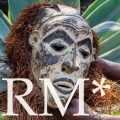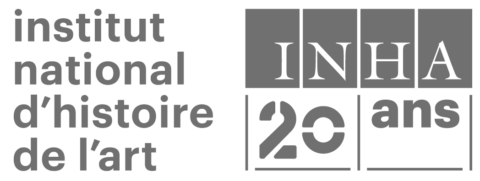Opened on June 20, 2025, the exhibit will run for about a year before touring other locations. Developed collaboratively with the museum, the exhibit features historical and contemporary materials, a documentary, and new works by Tsilhqot’in artists.
Tribal Chief Otis Guichon emphasized that repatriation is not only about returning objects but about reconnecting with ancestors, land, and culture.
Since the 1980s, the Museum of Vancouver (MOV) has been grappling with how to decolonize its work and repair its relationships with Indigenous communities. The Work of Repair: Redress & Repatriation at the Museum of Vancouver digs into some of these efforts by highlighting three ways the MOV is working towards repair: repatriation, community engagement, and research that reconnects Indigenous belongings to their histories.
Nexwenen Nataghelʔilh is an exhibition within an exhibition exploring the emotional impact of the repatriation of over 60 Tŝilhqot’in ancestral belongings from the MOV collection. The Tŝilhqot’in National Government (TNG) partnered with the MOV to undertake their first repatriation, completed in February 2024—and this work is reflected in the exhibition through film, photography and stories from Tŝilhqot’in leaders, elders and youth.
From 2021-2024, the MOV participated in Dr. Hannah Turner’s research project, “The Work of Repair,” enabling staff to research older belongings in the collection that had been severed from their histories. Several were successfully reunited with their stories. One example, prominently displayed in this section, is a large Kwakwaka’wakw house model. Once incorrectly attributed to Mungo Martin, it is actually the work of his niece Ellen Neel. Missing its base for several decades, it has been repaired in consultation with family members and reassembled for the first time in decades.


